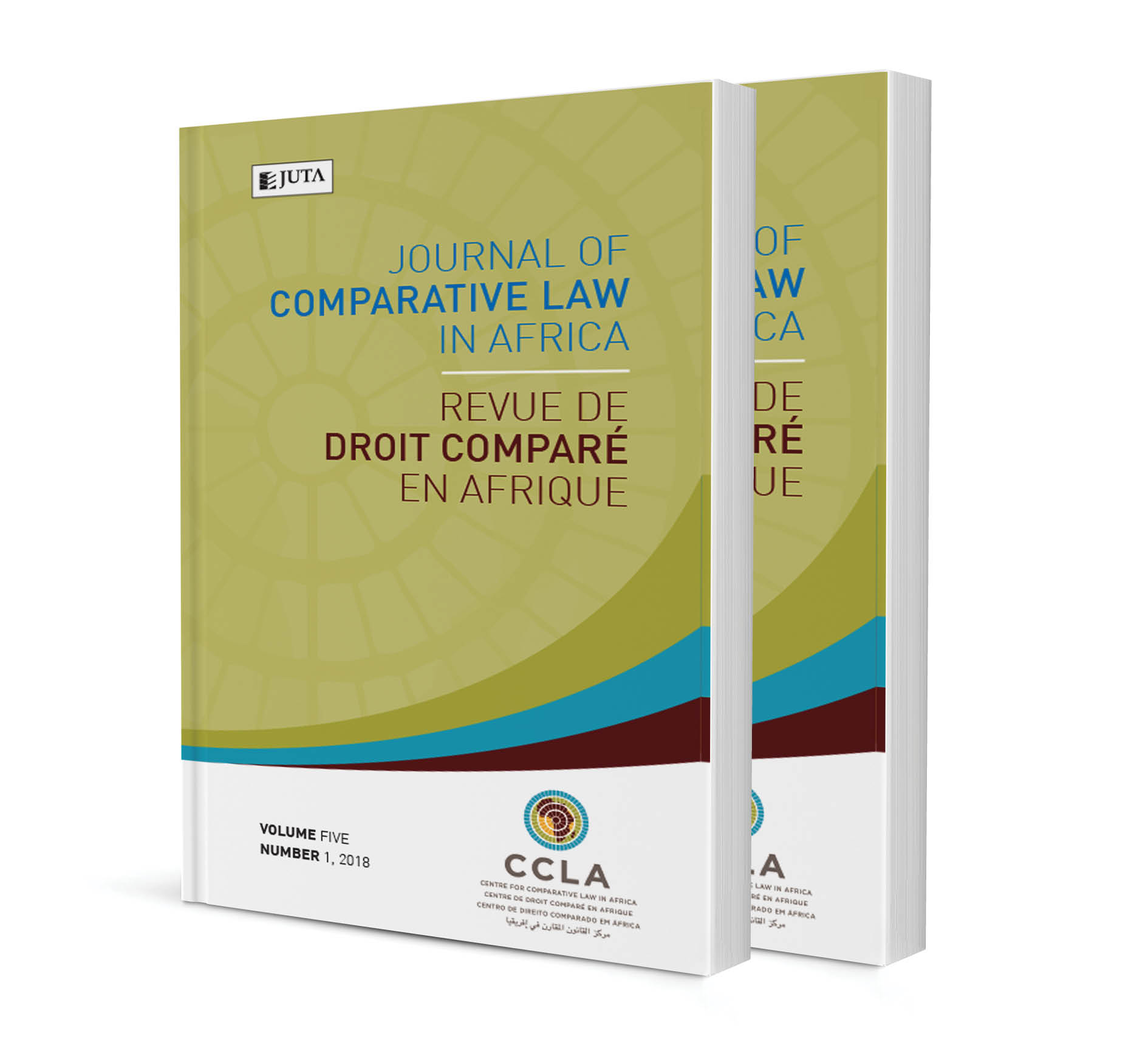
The Law Applicable to Tortious Liability: a Comparative Analysis of Article 4 of The Rome II Regulation and Private International Law in Ghana
Authors: Michael K Quartey, Theophilus Edwin Coleman
ISSN: 2521-2605
Affiliations: BA LLB BL (Ghana) LLM (University of Johannesburg); Legal Associate: Ankomah Mensah
& Associates, Ghana; BA LLB (Ghana) LLM LLD (University of Johannesburg); Senior Postdoctoral Research
Fellow, Centre for International and Comparative Labour and Social Security Law (CICLASS), Faculty of Law, University of Johannesburg, South Africa; Research Associate, Research Centre for Private International Law in Emerging Countries (RCPILEC), Faculty of Law, University of Johannesburg, South Africa
Source: Journal of Comparative Law in Africa, Volume 10 Issue 1, p. 1 – 40
https://doi.org/10.47348/JCLA/v10/i1a1
Abstract
The law applicable to tortious liability involving a foreign element has become one of the most vexed questions in private international law. This can be attributed to technological advancements and the movement of people and goods across state lines. Accidents involving a foreign element are, therefore, reasonably foreseeable. Torts such as online defamation, accidents involving self-driving vehicles, and other technological acts involving a foreign element have heightened the possibility of cross-border torts. Considering the complexities associated with cross-border torts, the European Union (EU) has enacted the Rome II Regulation. The overarching objective of enacting the Rome II Regulation is to promote certainty and predictability when dealing with cross-border disputes, irrespective of the country of the court in which an action is brought in the EU. Conversely, Ghana relies on the broadly drafted section 54 of the Courts Act 459 of 1993 and common law principles of private international law to determine the aspects of choice of law. This has made the position in Ghana very uncertain and unpredictable due to the broad discretion given to courts under section 54 of the Courts Act, particularly in determining the law applicable to cross-border tort cases. Also, Ghanaian courts have applied the much-criticised double actionability rule to determine the rights and obligations of parties in cross-border tort cases. In light of the uncertain and unpredictable nature of Ghanaian law, some academics have suggested that Ghana adopt the traditional rule to determine the applicable law in torts. This article seeks to critically analyse the applicability of article 4 of the Rome II Regulation regarding non-contractual liabilities. The article compares how courts in EU member states have applied article 4 to determine the applicable law in torts, to how the Ghanaian courts use private international law rules to determine the applicable law in torts. The essence of the comparison is to ascertain whether Ghana can draw some legislative and judicial lessons from the position under article 4. In addition, the significance of the comparison is to determine whether the approach under the Rome II Regulation can serve as a basis for legal reforms in Ghana. Most importantly, the article explores the extent to which the legal approach under the EU law can bolster judicial certainty and predictability in Ghanaian law.